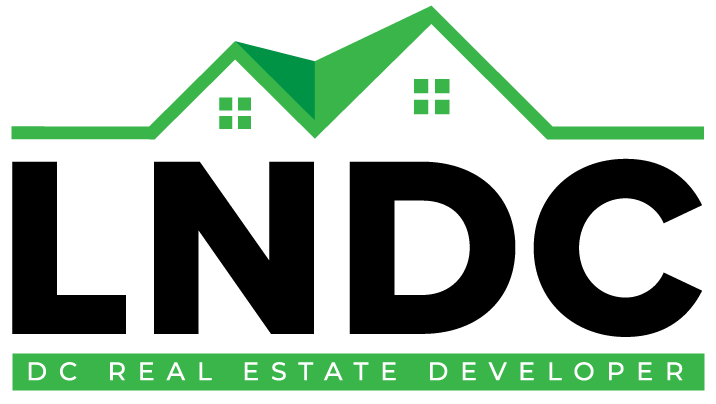How to Choose the Right Real Estate Markets for Investment
Investing in real estate can be incredibly rewarding, but choosing the right market is crucial to maximizing your return on investment (ROI). Whether you’re a seasoned investor or a first-time buyer, selecting the right location can make or break your investment strategy. So how do you choose the best real estate market for your hard-earned cash? Let’s dive into some key tips and considerations to help you make an informed decision.
1. Research Local Market Trends
One of the first steps in selecting a real estate market is researching local market trends. Take the time to analyze data on home prices, rental rates, and population growth in the area. A thriving market often has increasing home prices and a steady demand for rental properties. Look for cities or neighborhoods that show a history of appreciation over time.
For example, checking out a city’s job growth and economic stability is key. Areas with booming industries, such as tech or healthcare, tend to attract workers, increasing demand for housing. On the other hand, areas with declining job markets may see stagnating or dropping property values, making them less desirable for investment.
To find out more about real estate markets and upcoming properties, check out LNDC’s upcoming properties.
2. Evaluate Supply and Demand
Supply and demand play a huge role in determining whether a real estate market is worth investing in. In markets where demand outstrips supply, property prices rise, and you can expect higher rental income and property appreciation. Conversely, oversaturated markets with too many properties for sale or rent can lead to stagnation and lower returns.
It’s also worth looking into the vacancy rates in the market you’re interested in. A low vacancy rate indicates that rental properties are in high demand, which is a good sign for investors. High vacancy rates, on the other hand, may suggest that there’s too much supply and not enough demand, which could make it harder to rent out your property.
If you’re curious about properties currently on the market, visit LNDC’s properties on market to see the latest listings.
3. Consider Economic and Employment Growth
A strong local economy is a major driver of housing demand, and it’s a key factor to consider when choosing the right real estate market for investment. Economic growth in a city or region typically means more job opportunities, which leads to population growth. More people means more demand for housing, whether it’s for buying or renting.
Before you invest in any market, check the unemployment rate and the types of industries in the area. A diversified economy is ideal because it indicates that the market isn’t reliant on a single industry, which can protect your investment during economic downturns.
If you want to learn more about how the right location can affect real estate investment, check out LNDC’s homepage.
4. Check for Future Development Plans
Always keep an eye on future development plans in the area. Infrastructure projects like new roads, public transportation, or commercial developments can significantly increase property values in the surrounding area. These projects make neighborhoods more attractive to homebuyers and renters alike, boosting both property prices and rental rates.
For example, if a new shopping center or office complex is being built nearby, it can drive more people to the area, creating higher demand for housing. On the flip side, overdevelopment can lead to excess housing supply, which can negatively impact your investment.
To stay ahead of the curve, look into upcoming properties and planned developments in key markets. You can explore this in greater detail by visiting LNDC’s upcoming properties.
5. Understand Local Laws and Regulations
Real estate investing isn’t just about buying a property and watching it appreciate. Local laws and regulations can heavily impact your ROI. Some cities or states have landlord-friendly laws, making it easier to manage rental properties, while others have strict rent control laws or tenant protections that may affect your profitability.
Make sure you’re familiar with property taxes, rental laws, and zoning regulations in any market you’re considering. High property taxes, for instance, can eat into your profits, while strict zoning laws might limit your ability to develop or improve your property.
6. Leverage the Local Real Estate Network
Building a local network of real estate professionals can be a game-changer. Working with a trusted real estate agent who understands the market can help you identify hidden gems that may not be apparent to an outsider. Additionally, connecting with local property managers, contractors, and inspectors can provide valuable insight into the day-to-day realities of investing in a particular area.
If you need help with navigating the complexities of real estate investing, reach out to professionals who have a deep understanding of the local market. LNDC’s team is always available to assist you in making informed decisions. Just click the button below to get in touch with them!
Conclusion
Choosing the right real estate market for investment takes research, patience, and a keen understanding of local trends. By evaluating local market trends, supply and demand, economic growth, and future development plans, you can find a market that suits your investment strategy. Don’t forget to keep an eye on local laws and leverage the power of local experts to guide you through the process.
For more information, feel free to explore LNDC’s homepage and learn about their upcoming properties and on-market listings to get a head start in your real estate journey.










